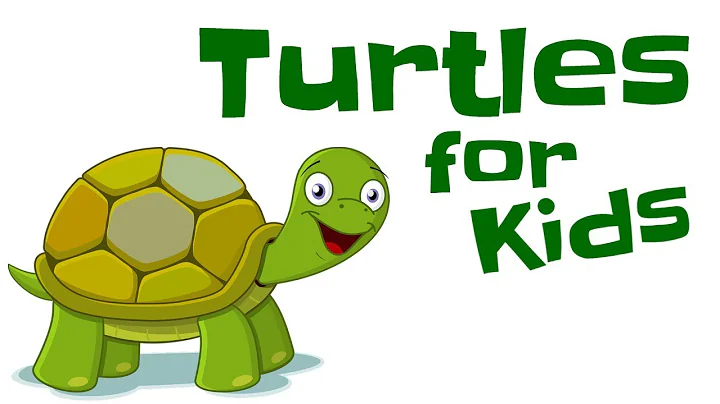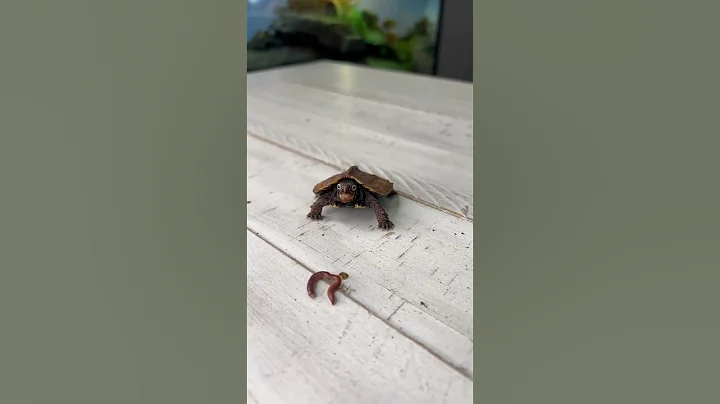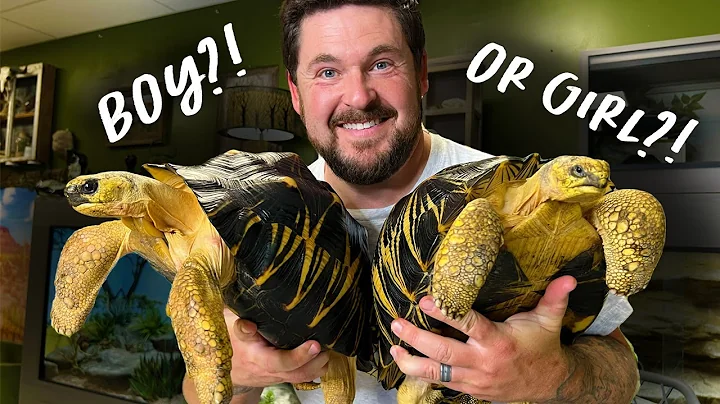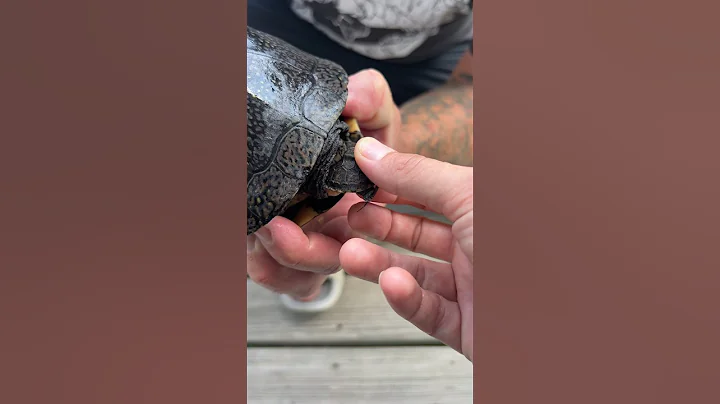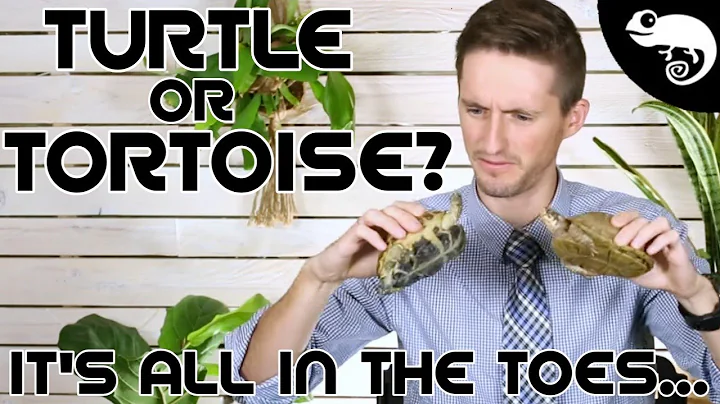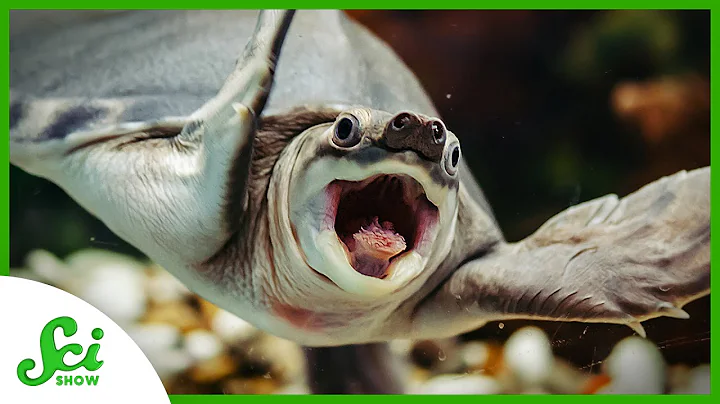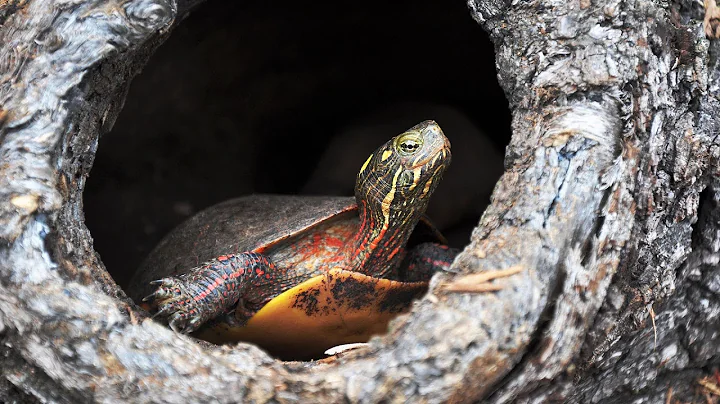There is a kind of turtle in the turtle group, called the zombie turtle. I think everyone knows about this. It's a bit similar to dwarfism , but it doesn't grow up. But to distinguish it, you can see that its carapace will become thicker and thicker, and it can also be used as a breeding turtle to reproduce. However, I don’t know if turtle friends have noticed that there is another situation that many turtle friends have also encountered. That is, the turtle you have worked hard to raise for many years has been around for six, seven or ten years, but the turtle Still the same size. If you say it's small, it doesn't count. If you say it's big, it should be the size of a turtle, but it's not big enough for a turtle. What's going on?

In terms of breeding, many farmers will separate some slower-growing individuals after feeding for a period of time, and then start feeding again. The same batch of seedlings will gradually expand in size when fed in the same environment. Because individuals who are timid by nature will be shy and not fight for food, which will make them thin over time. In severe cases, they may develop anorexia, which may be a death sentence.
Then among a group of turtles, it is possible that the strong will always be strong and the weak will become weaker. So for farmers, this is an economic loss that needs to be avoided. But if we raise turtles ourselves, it is theoretically difficult to encounter such a situation where we cannot keep the turtles full. Even if we raise many turtles together, since the number is not large, we will quickly notice which one eats less, and we will feed it privately. It's for added meals.
So, why do some individuals still fail to grow up? Even if they are raised alone, they will have this effect of not growing up for many years. In other words, it grows very slowly.

Some turtle friends speculate that it is a problem with the turtle food, which may be caused by insufficient nutrition. It is true that differences in turtle food will affect the speed of turtle growth, but it does not mean that the turtle will still not be able to grow up after many years. The editor has personally encountered this situation once. My personal guess is that there are two situations: 1. First, this turtle is a vulnerable individual that has been screened out. You will find that its appetite is not very good, or it cannot eat well. Just a few, it's normal if it doesn't grow big; 2. You didn't give enough food and nutrients during the hatchling period, especially in the days after hatching, which resulted in its slow growth in the early stage. Even if they have a great appetite, they will find that their growth is relatively slow during later feeding. This is probably because the body's functional structure was weakened at the beginning. If you want to make up for it in the future, it will not be able to absorb as much nutrients.
Of course, this is just my guess, haha. But it is true that I fed the turtles a lot during the hatchling period, so even if I wanted to keep up in the future, I would be unable to do anything. It just grows slowly. So sometimes people say that you can test eggs in three years, mature tortoises in five years, and grow one pound in one year, which is quite enviable. Raising tortoises in this way can give you a sense of accomplishment.

However, there are also turtle lovers who do the opposite, hoping that the turtles will grow slower so that they will not take up too much breeding space. This does have its own truth. Instead of doing this, it is better to choose a small turtle species from the beginning, or you may need to feed less, and the natural growth rate of the turtle will slow down.
If you encounter this kind of turtle, how to raise it to recover in the future, this probably depends on the specific reaction of the individual turtle. Even if some individuals do not take good care of them in the early stage, they still have a chance to catch up in the later stage, and some individuals will be like little ones. As I wrote, even if I have a good appetite, I can't catch up, which is a pity for a turtle.
Therefore, when the turtle is still a seedling and the temperature is relatively suitable, if you can feed it well, try not to delay it, otherwise it may lose its competitiveness in the future.

